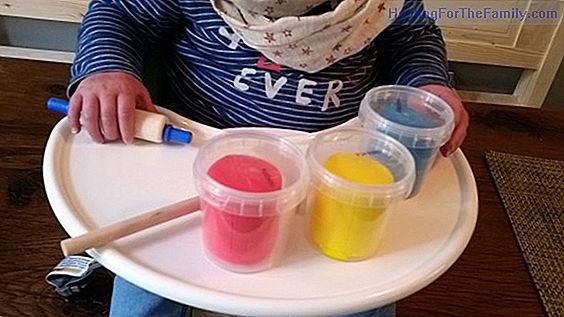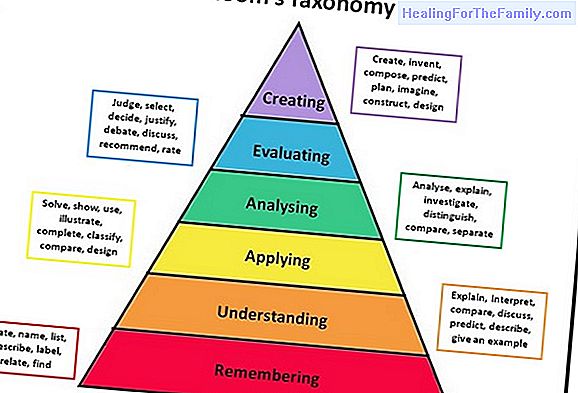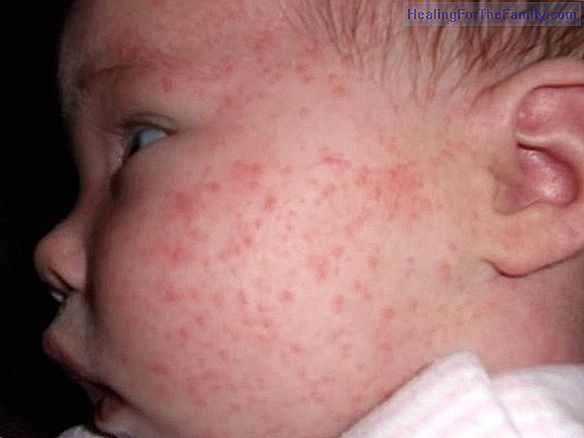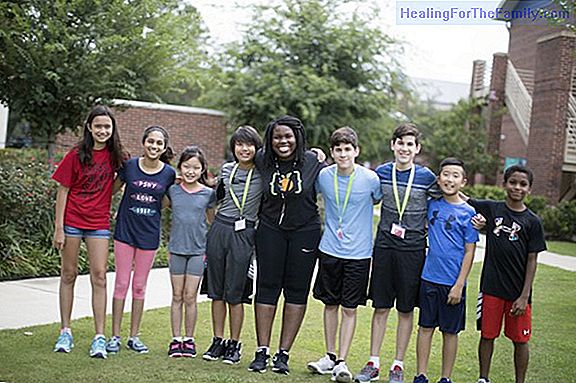Why do children's nose bleed?
Nasal hemorrhages are common in children between 3 and 10 years old , and in most cases it is a problem that stops by itself with the passage of time. It is not usually a circumstance that entails seriousness. While bleeding from the nose can be caused by a blow, it can also be caused by other reaso
Nasal hemorrhages are common in children between 3 and 10 years old, and in most cases it is a problem that stops by itself with the passage of time. It is not usually a circumstance that entails seriousness.
While bleeding from the nose can be caused by a blow, it can also be caused by other reasons.We explain why children's nose bleeds and what we can do when this happens.
Why children nose bleed and when to worry
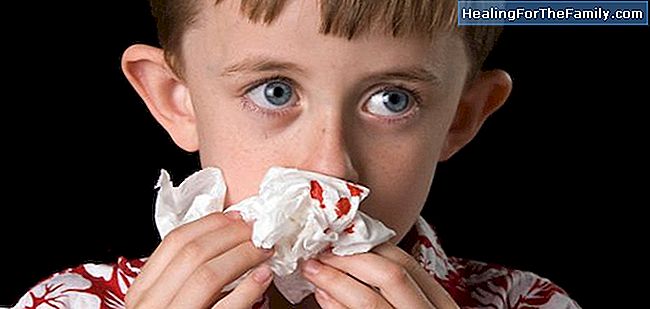
The most common cause of a child getting a nosebleed is from a blow, or because the child rummages in the nose, but it can also be due to different types of allergy and for breathing too dry air. Dry climates tend to dry and irritate the nasal mucous membranes, something that causes discomfort and itching in the child, who by scratching or trying to remove the created crust will produce the nosebleed.
At first, if we have a child with nosebleeds should not be more problem, but if the bleeding is very continuous and occurs in a frequent way it would be convenient to consult with the pediatrician to know where the problem may come from .
There are two types of nosebleeds, the anterior and the posterior. The so-called anterior is the most frequent in children and occurs in the front of the nose, specifically when the blood vessels lining the nose break. The subsequent occur in the area behind the nose, even reaching the blood down the throat, but it is very strange that this type of bleeding occurs in children.
How to prevent nosebleeds in children
It is not difficult to remedy nosebleeds in children and taking some precaution will be able to curb the problem.
The first thing would be for the child to always have his or her nails cut short, to avoid injuries to the capillaries of the nose when poking at them. You should also try to always have the child's nose moist, either using a saline solution or keeping the orifices well hydrated with cream or ointment.
If the child has a very dry nose it should control the humidity of the air that exists at home and use a cold mist humidifier so that no nosebleeds occur.
What to do in the event of a nosebleed in a child
Above all, it is necessary to be calm pues, even though the nosebleeds are very scandalous, it should not generate a state of alarm, because that will make the child more nervous, although you can have consider these tips:1.
Never tilt the child's head back , always slightly forward.2. You should also apply pressure with a tissue, napkin or paper on the front of the nose
for ten minutes to stop the bleeding. It is important that the pressure is not released before ten minutes as the bleeding can resume. Pes 3. Despite what can be supposed, it is not advisable to introduce paper gas, gauze or cotton inside the nose when there is a nosebleed, because when dried and then removed it could cause another hemorrhage again.
Diego Fernández. Guiainfantil.com

